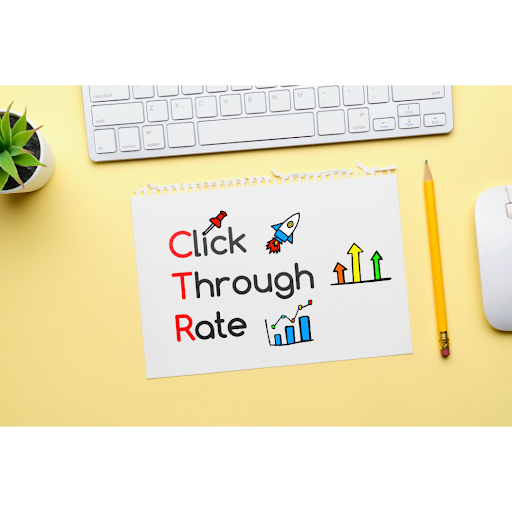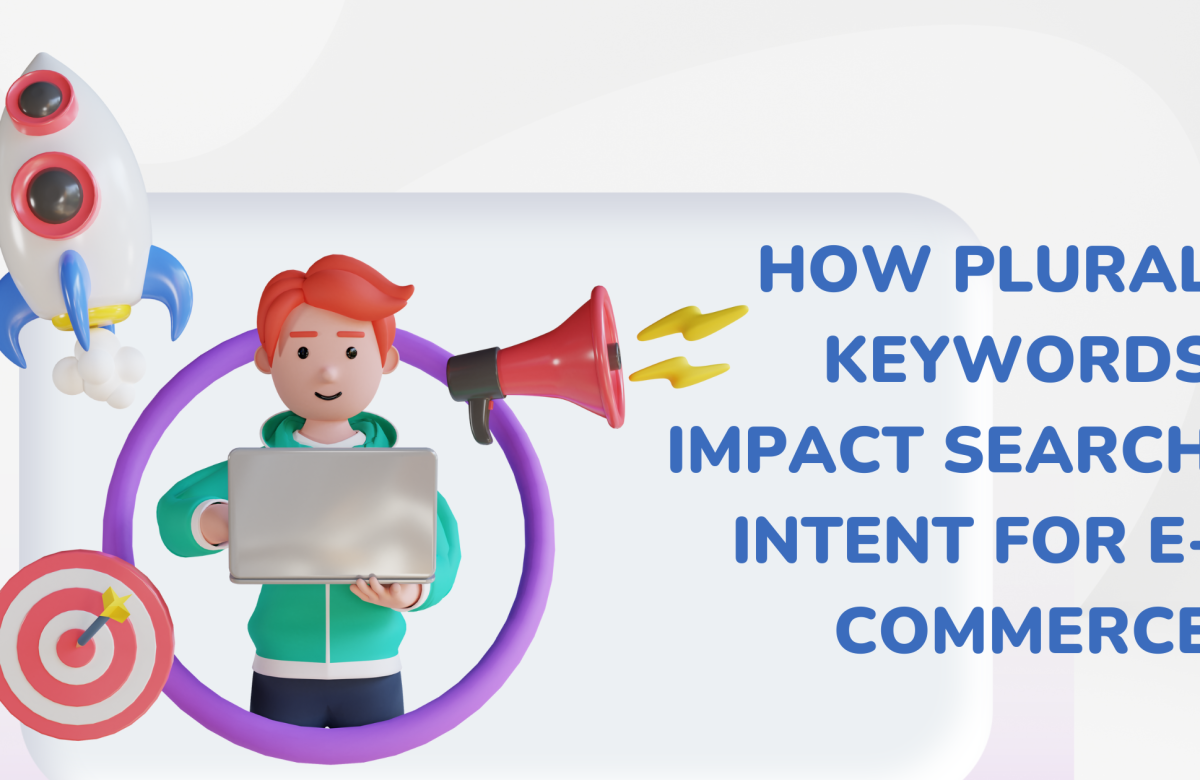
In the dynamic realm of digital marketing, the ability to drive clicks and engagement is paramount for success. Click-Through Rate (CTR) analysis plays a crucial role in understanding user behavior and optimizing ad campaigns. In this comprehensive guide, we will delve into the intricacies of CTR analysis, focusing on key platforms such as Google Ads services, Facebook Ads, and the role of a digital marketing company.
Demystifying CTR: The Formula and Its Significance
Definition
Click-Through Rate (CTR) is a metric that measures the percentage of clicks an ad receives based on its impressions.
CTR = (Clicks / Impressions) x 100%
Here, “clicks” represent the number of users who clicked on your ad or content, and “impressions” signify the total number of times it was displayed. For instance, if your ad received 1,000 impressions and garnered 20 clicks, your CTR would be 2%.
While seemingly straightforward, CTR holds immense significance in gauging the effectiveness of your marketing endeavors. A high CTR indicates that your message resonates with your target audience, prompting them to engage further. Conversely, a low CTR suggests that your efforts may not be hitting the mark, necessitating adjustments to improve their appeal.
A high CTR indicates that the ad is resonating well with the audience, leading to increased user engagement. It is a key performance indicator for marketers, reflecting the effectiveness of their ad campaigns.
Factors Influencing CTR: A Multifaceted Approach
Understanding the various elements that influence CTR empowers you to fine-tune your strategies and optimize for better results. Here are some key factors to consider:
-
- Targeting: Reaching the right audience is crucial. Employing precise targeting options, whether through demographics, interests, or behaviors, ensures your message reaches individuals genuinely interested in what you offer.
-
- Compelling Headline & Copy: Crafting captivating headlines and ad copy that pique curiosity and entice users to click is essential. Focus on clarity, relevance to your target audience, and incorporating strong verbs and action-oriented language.
-
- Visually Appealing Elements: High-quality images and videos significantly enhance CTR. Utilize visuals that are relevant to your message, visually appealing, and optimized for different platforms.
-
- Call to Action (CTA): A clear and concise CTA instructs users on the desired action you want them to take. Whether it’s “Learn More,” “Shop Now,” or “Download,” ensure your CTA is specific, action-oriented, and prominently displayed.
-
- Landing Page Optimization: Once users click, the landing page experience becomes paramount. Ensure your landing page aligns with the ad’s message, offers a seamless user experience, and facilitates the intended action.
Advanced CTR Analysis Techniques
While understanding the core factors influencing CTR is crucial, delving deeper through advanced techniques unlocks valuable insights for further optimization. Here are some effective strategies:
-
- A/B Testing: Experiment with different variations of your ad copy, visuals, and CTAs to identify the elements that resonate best with your audience. A/B testing allows you to compare the performance of different versions and make data-driven decisions for improvement.
-
- CTR Benchmarking: Analyze your CTR against industry benchmarks or your own historical data to gauge your performance relative to competitors or past campaigns. This comparison helps identify areas for improvement and track progress over time.
-
- Segmentation & Personalization: Segment your audience based on demographics, interests, or behavior to personalize your messaging and CTAs. This targeted approach can significantly improve CTR by catering to specific user preferences.
-
- Device Optimization: CTR can vary significantly across devices (desktop, mobile, tablet). Analyze your CTR by device to identify any discrepancies and optimize your campaigns accordingly.
Leveraging Digital Marketing Services for Enhanced CTR
Partnering with a reputable digital marketing company can provide invaluable expertise and resources for maximizing your CTR. These companies possess the knowledge and experience to:
-
- Develop data-driven strategies: Based on in-depth research and analysis, they can craft targeted campaigns that resonate with your ideal audience.
-
- Implement A/B testing and optimization: They can conduct rigorous testing and continuously refine your campaigns for optimal performance.
-
- Stay updated on industry trends: They possess the knowledge and resources to stay abreast of the latest digital marketing advancements and incorporate them into your strategies.
Advanced Metrics and Analytics

-
- Click-Through Rate (CTR): While the basic formula serves as a starting point, delving deeper into variations like average CTR, click share, and cost-per-click (CPC) provides a more comprehensive picture of campaign performance.
-
- Impression Share: This metric indicates the percentage of times your ad could have been shown to your target audience compared to the actual number of impressions received. Analyzing impression share alongside CTR helps identify potential reach limitations.
-
- Quality Score: Relevant to platforms like Google Ads, quality score reflects the relevance and effectiveness of your keywords, landing page, and overall ad content. A high quality score can lead to lower costs and improved ad placement.
Tools and Resources
-
- Google Ads Performance Planner: This tool allows you to estimate potential impressions, clicks, and costs based on your targeting, budget, and bid strategy.
-
- Facebook Ads Insights: This dashboard provides detailed data on the performance of your Facebook ad campaigns, including CTR, reach, and engagement metrics.
-
- Heatmaps and Clickstream Analysis: These tools visually represent user behavior on your website, identifying areas of high engagement and potential click opportunities.
Advanced Strategies
-
- Dynamic Search Ads (DSAs): Utilize Google’s DSA feature to automatically generate ad copy based on your website content, potentially improving relevance and CTR.
-
- Retargeting Campaigns: Target users who have previously interacted with your website or brand with personalized ads, potentially increasing engagement and click-through rates.
-
- Remarketing Lists for Search Ads (RLSA): Leverage RLSA to tailor your search engine ads to users who have previously visited your website, enhancing their relevance and potentially boosting CTR.
Staying Ahead of the Curve
-
- Industry Trends: Monitor the latest advancements in digital marketing, particularly regarding ad formats, targeting options, and user behavior patterns.
-
- Emerging Technologies: Explore the potential of new technologies like artificial intelligence and machine learning to automate campaign optimization and personalize user experiences, potentially leading to improved CTR.
Conclusion: CTR Analysis – A Cornerstone for Marketing Success
By mastering CTR analysis, you gain a powerful tool to measure the effectiveness of your marketing efforts, identify areas for improvement, and ultimately drive meaningful engagement with your target audience. Remember, CTR is not just a number; it’s a valuable indicator of how well your message resonates and compels users to take action. By continuously analyzing, optimizing, and refining your strategies, you can unlock the true potential of your marketing campaigns and achieve remarkable results.



